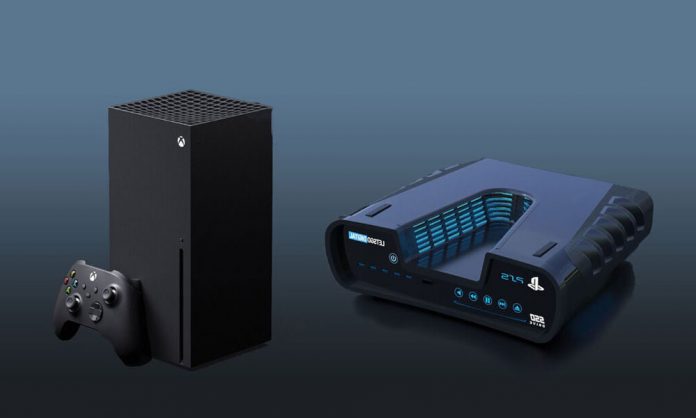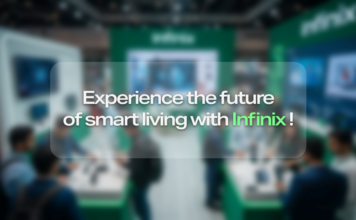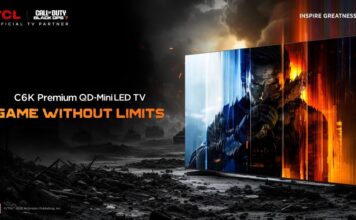The PS5 isn’t coming out in 2019, but it will be compatible with 8K resolutions and ray-tracing tech…
Seemingly out of nowhere, Sony has dumped an info-drop of news about its “next-generation plans” (unofficially known as the PS5) in an exclusive interview between Wired and Mark Cerny, the lead architect of the company’s new console. This is the first time that Sony has publicly spoken about its successor to the PS4 which, according to Cerny, won’t be out in 2019.
There’s a lot to dig through in the tech-heavy article, but we’ve mined it for the most important details. First of all, yes, the PlayStation 5 will be backward compatible with PS4 games, it will have a disc drive, it’s been in development for over four years, a number of studios are already working on next-gen games, and it’ll boast ray-tracing technology (thanks to an expanded partnership with AMD, whose first-class chip software is at the center of the PS5’s internal architecture).
PS5 Official Hardware Specs
- Mark Cerny is once again the Lead System Architect.
- 8 core AMD 7nm Zen 2 based on third-generation Ryzen.
- Ray-tracing support with custom AMD Navi GPU.
- Custom AMD unit for 3D Audio, also aided by ray-tracing, a big upgrade. Hot on the heels of Sony having acquired near-industry-standard AudioKinetic.
- Extremely fast high-end custom SSD storage faster than any solution currently available for PC:
Spider-Man load times on PS4 Pro: 15 seconds → 0.8 seconds on next-gen PlayStation. That’s ~19x faster!
Huge practical game changer opening up for new design opportunities. - Technically supports 8K but Cerny demoed Spider-Man load speed improvements on a 4K screen (I would only take this as confirmation of HDMI 2.1).
- New Virtual Reality platform strongly hinted at but also supports current PSVR (meaning millions of VR users ‘day one’).
- Death Stranding might be a cross-gen title (speculation in an article based on Cerny reply).
- Physical Media.
- Backward Compatible with at least PS4.
- Devkit is with developers and they recently accelerated its deployment.
- Four years in development so far.
- 2020.
One of the big new things that Cerny seems keen to show off with the next-gen console is its included Solid State Drive (something the PS4 doesn’t have), which will dramatically improve loading and rendering times for big-budget games. To prove the difference, Cerny played Spider-Man PS4 running on a developer kit of the PS5, and the open world’s loading time dropped from its usual 15 seconds on a PS4 Pro to less than one.
Creating fake social media account will now be punishable in Pakistan, MoITT
Moreover, the PS5 will support 8K resolutions, and be compatible with PS VR kits, including both present and future variants of the product. The hardware will also include 3D audio, though it’s unclear how exactly that works or sounds in practice. “As a gamer,” says Cerny, “it’s been a little bit of frustration that audio did not change too much between PlayStation 3 and PlayStation 4. With the next console, the dream is to show how dramatically different the audio experience can be when we apply significant amounts of hardware horsepower to it.”
Cerny also hinted that upcoming PS4 games like Death Stranding will be multi-platform titles, releasing first on the PS4 and then the PS5 respectively. There’s no word yet on when or where Sony will reveal more about the new piece of hardware (though Wired implies you won’t hear anything at E3 2019), but this article suggests the tech titan is finally kicking off promotion for the future of the PlayStation Nation, so stay tuned for GamesRadar for all the latest news as it arrives.




























